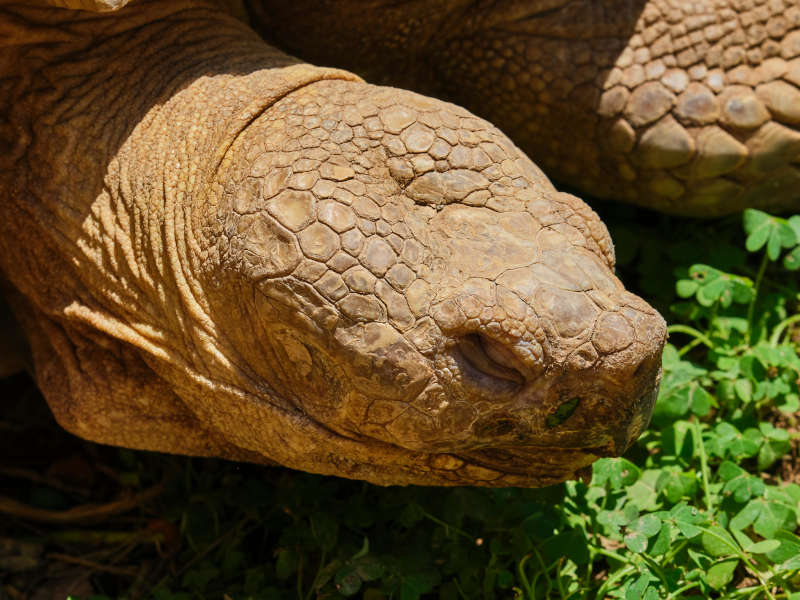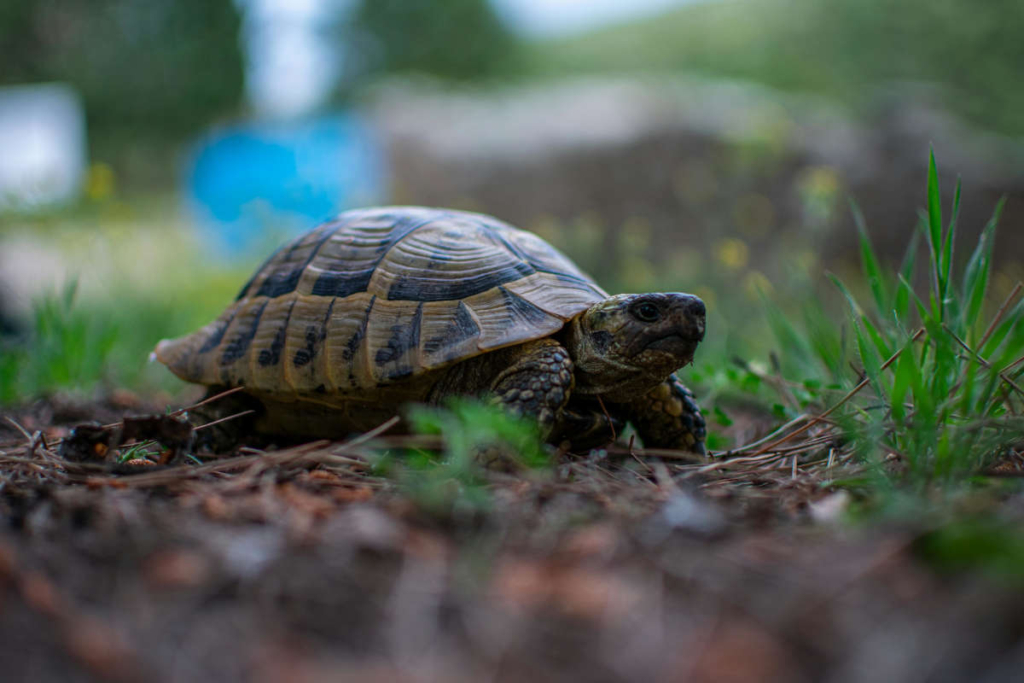Tortoise Hibernation: 5 key things you need to know!
Tortoises are often seen as slow-moving, relaxed creatures, but any tortoise owner knows they can be surprisingly active, especially when there’s food around! However, when winter approaches, some tortoises enter a long, deep sleep known as tortoise hibernation.
But what if your tortoise isn’t slowing down? Do they hibernate automatically, or do tortoises need help hibernating? When do tortoises hibernate? More importantly, how long do tortoises hibernate, and how can you ensure they stay safe during this period?
In this article, you will learn 5 important things about tortoise hibernation: what is hibernation, what tortoise species need hibernation, the risks of hibernation, when to do it (or not!) and for how long.
Let`s crack on!

What is Tortoise Hibernation?
Hibernation is a biological survival strategy where a tortoise significantly reduces its bodily functions, including heart rate, metabolism, and movement. This helps them survive winter when temperatures drop too low for their cold-blooded bodies to function properly and when food is scarce.
Only certain species of tortoises require hibernation, and if done incorrectly, it can be dangerous or even fatal. That’s why understanding the process is crucial for responsible tortoise care.
Do All Tortoises Hibernate?
The short answer is no! Some tortoise species are biologically adapted to hibernate, while others are not.
Tortoises That Do Not Hibernate
Tortoises that originate from tropical and African climates do not need hibernation. These species include:
- Leopard Tortoise (Stigmochelys pardalis)
- Red-Footed Tortoise (Chelonoidis carbonaria)
- Yellow-Footed Tortoise (Chelonoidis denticulata)
- Sulcata Tortoise (Geochelone sulcata)
- Radiated Tortoise (Astrochelys radiata)
These tortoises should be kept warm year-round, especially during winter. If the temperature drops too low, they may become sluggish, which can lead to health issues. A heated indoor tortoise table is the best option.
Tortoises That Do Hibernate
Many Mediterranean and European species do require hibernation, including:
- Hermann’s Tortoise (Testudo hermanni)
- Horsefield’s Tortoise (Testudo horsfieldi)
- Marginated Tortoise (Testudo marginata)
- Turkish Spur-Thighed Tortoise (Testudo ibera)
- Greek Spur-Thighed Tortoise (Testudo graeca)
These species experience cold winters in the wild and have adapted to survive through hibernation.

Should I Hibernate My Tortoise?
If your tortoise is a hibernating species, then yes—hibernation is natural and beneficial. It helps regulate their growth, maintains a healthy body condition, and even influences reproductive cycles.
However, hibernating a tortoise that is unwell, underweight, or unprepared can be dangerous. Common risks include:
- Organ damage due to dehydration
- Freezing if temperatures drop too low
- Immunosuppression, making them vulnerable to infections
- Rodent attacks, especially for tortoises hibernating outdoors
If you are unsure whether your tortoise is fit for hibernation, consult a veterinarian.
When Do Tortoises Hibernate?
Tortoises kept outdoors start preparing for hibernation naturally. As early as late August, they begin eating less, moving less, and basking for shorter periods. By October, they are usually ready to enter hibernation.
Indoor tortoises, however, often need intervention from their owners. Without exposure to seasonal temperature changes, they may not enter hibernation on their own.
How Long Do Tortoises Hibernate?
The duration of hibernation depends on the tortoise’s age and size:
- Young tortoises: 4-6 weeks
- Adult tortoises: Up to 12 weeks
Avoid exceeding 12 weeks, as prolonged hibernation can lead to health risks.
It is also generally recommended not to hibernate tortoises younger than 3 years of age, although this can be done by expert owners.
After Hibernation
Spring temperatures in the UK are usually too cold for a tortoise to live outside. For proper post-hibernation recovery, and until environmental temperatures rise, keep your tortoise indoors in a warm environment with adequate heating and lighting.
If your tortoise fails to eat or drink after a week, seek veterinary advice immediately.
Hibernating a tortoise requires careful planning and research. If done incorrectly, it can be dangerous.
If you are unsure of what to do, contact us or your local reptile vet for all the details.
A well-managed hibernation leads to a healthy, happy tortoise!